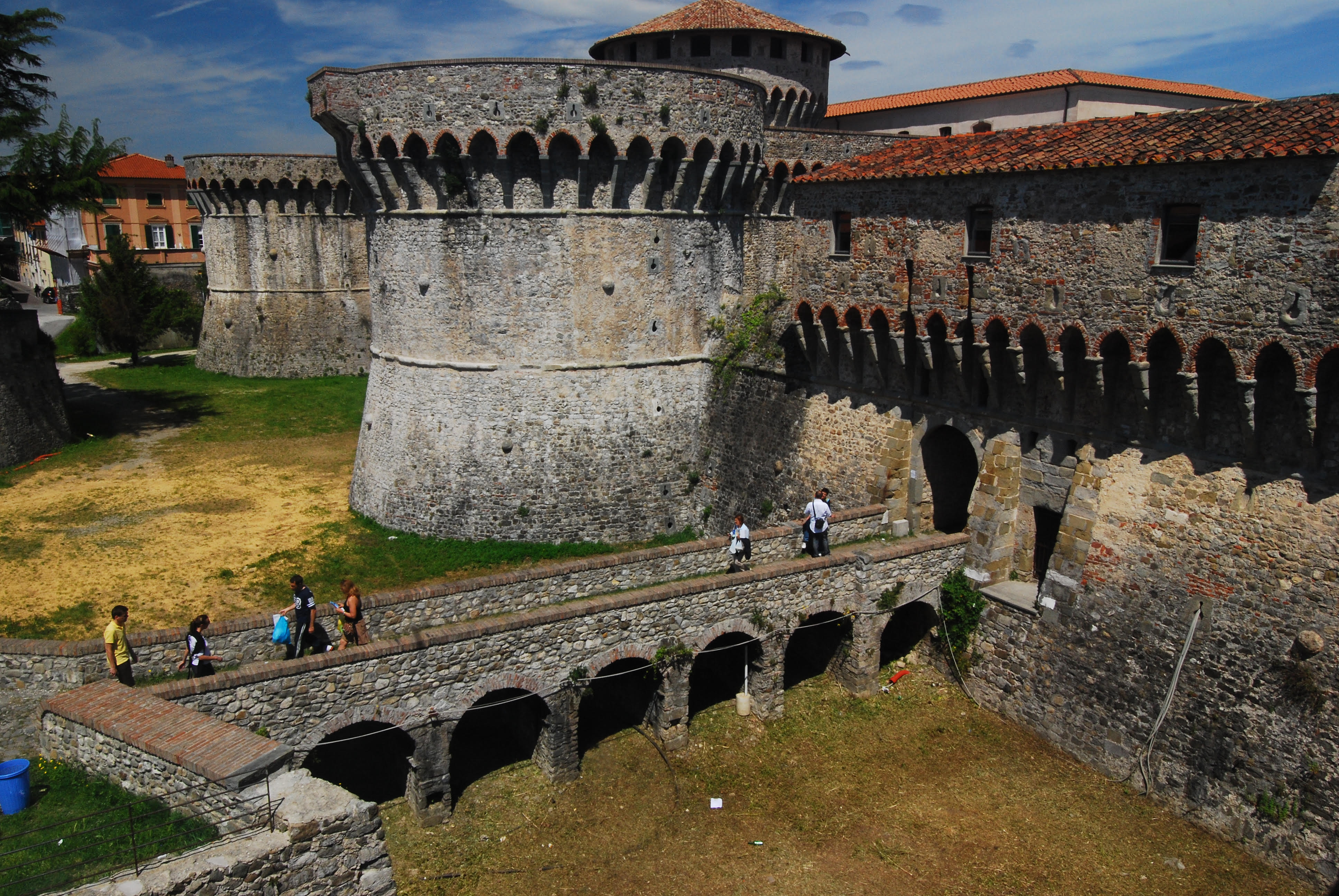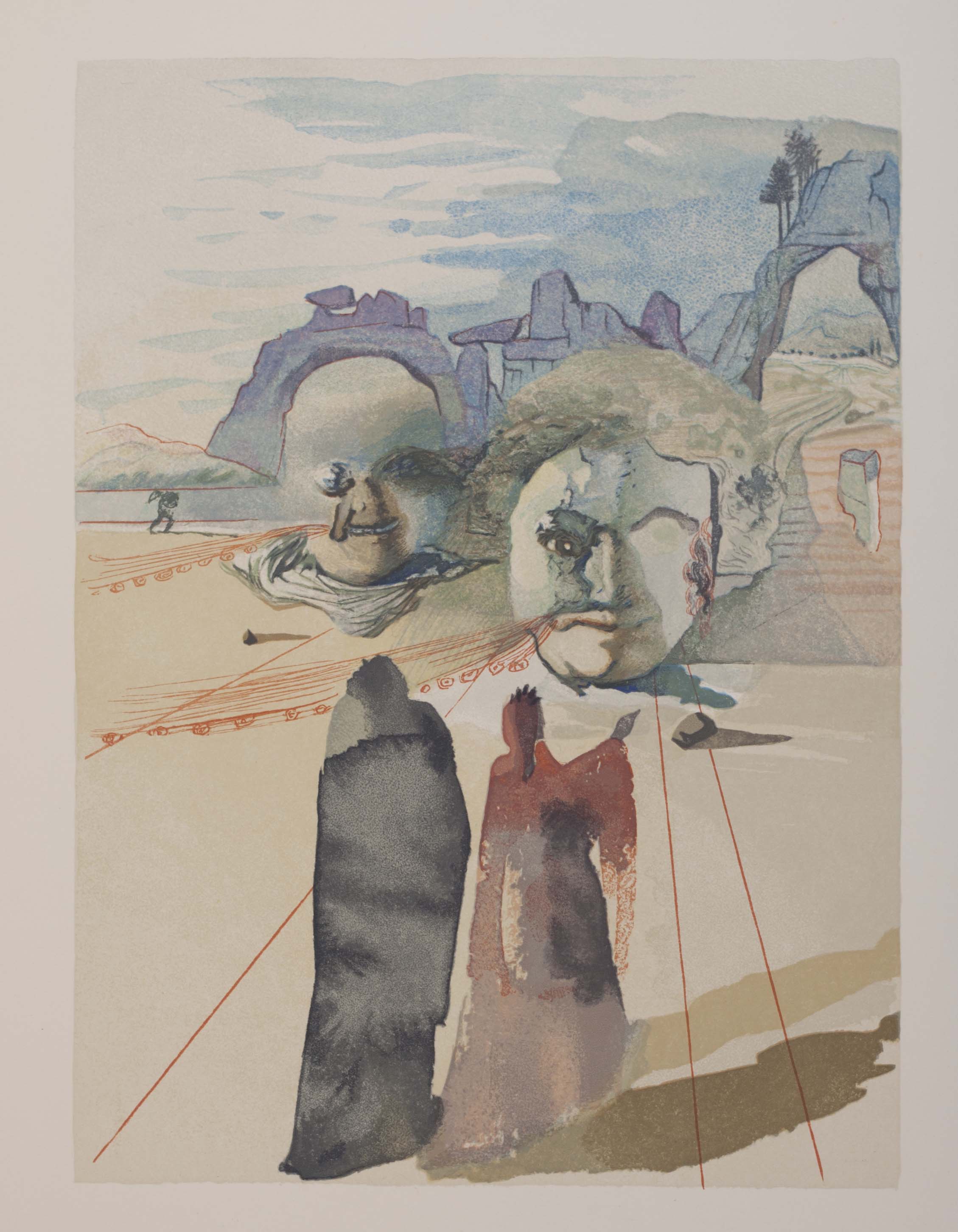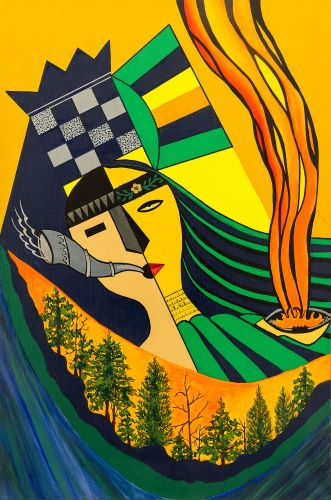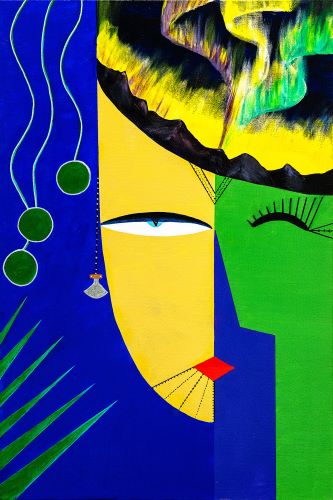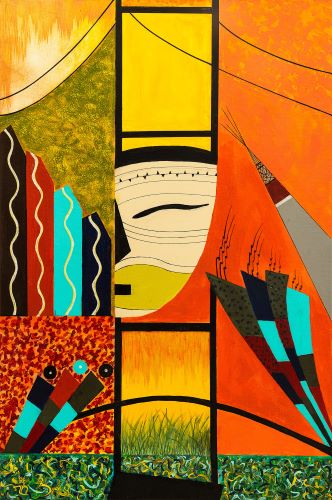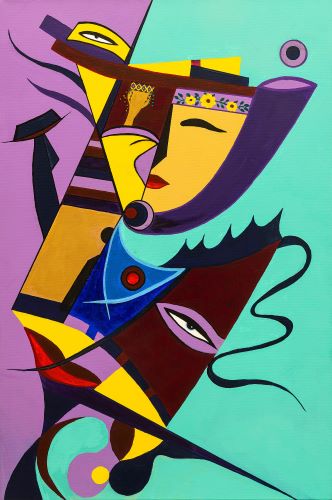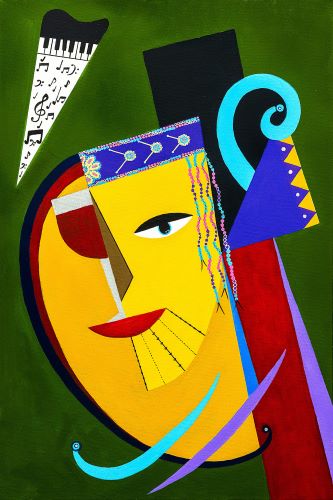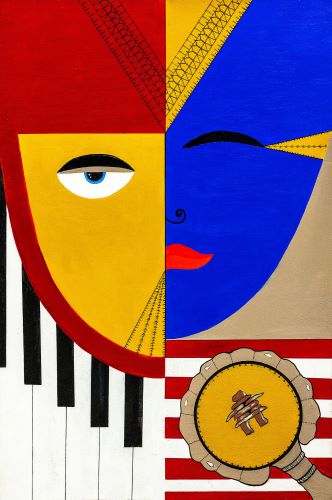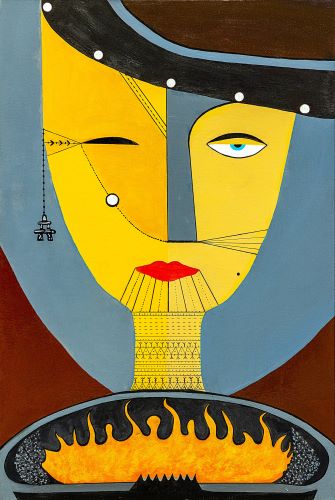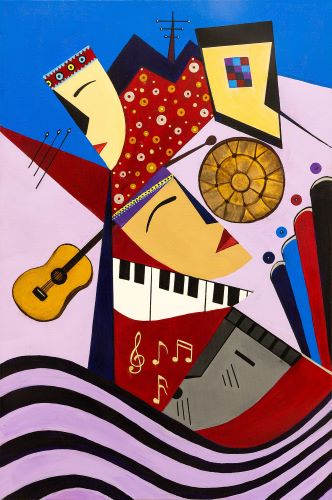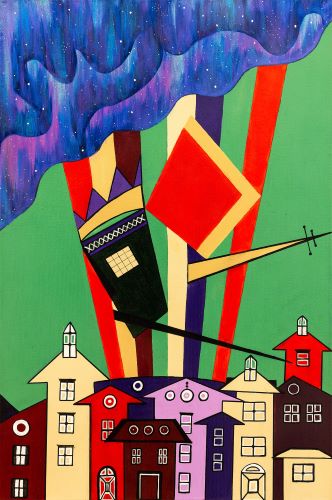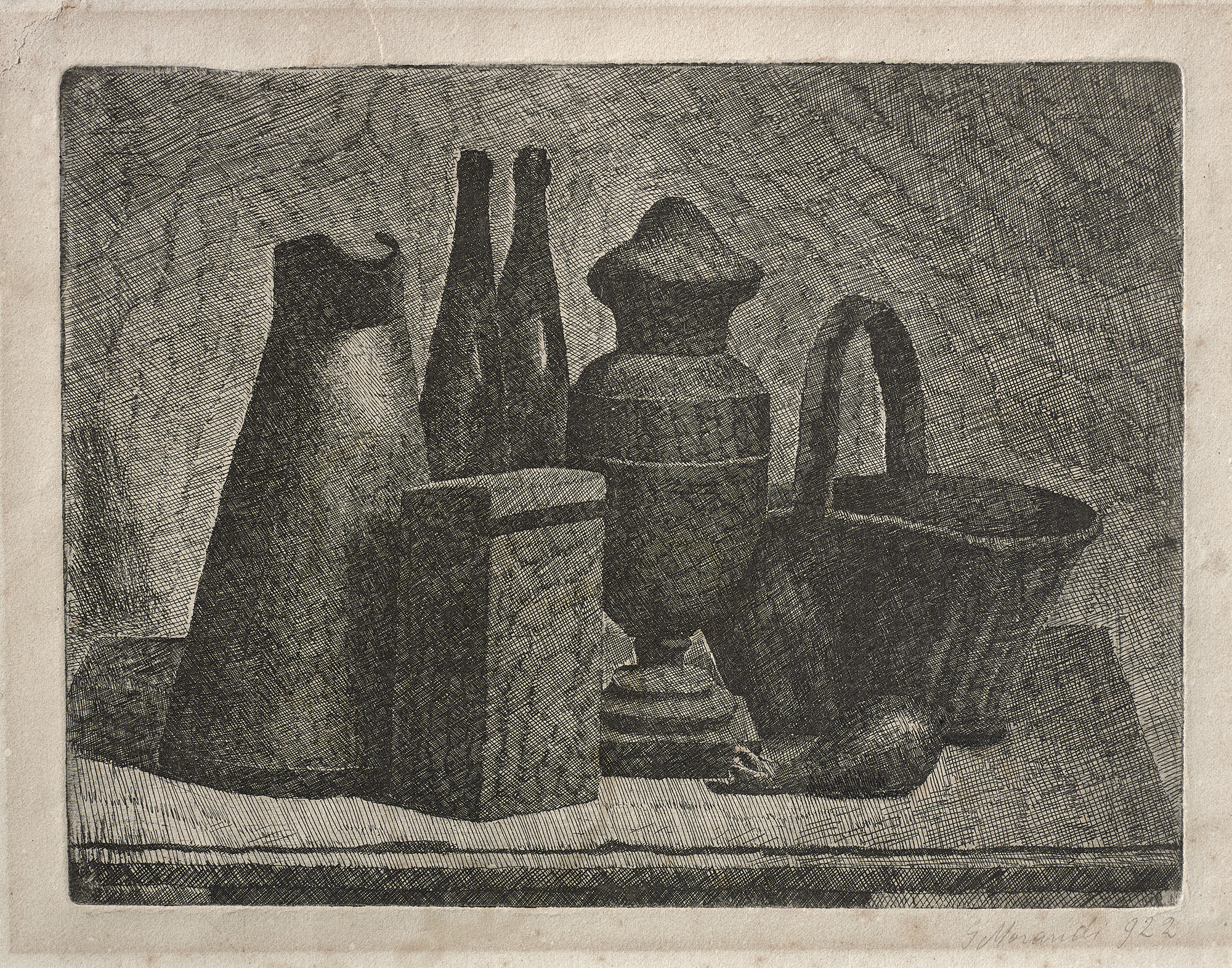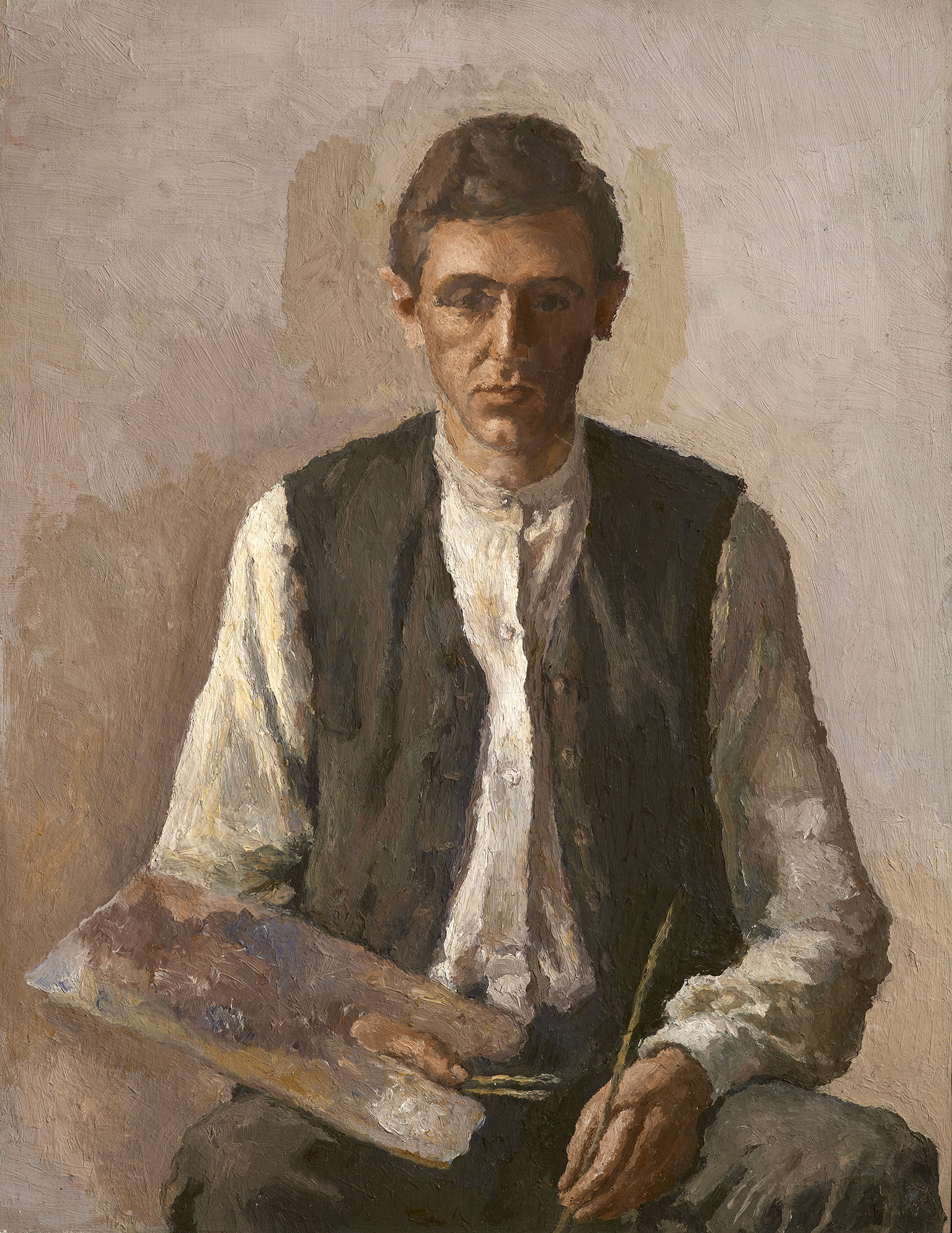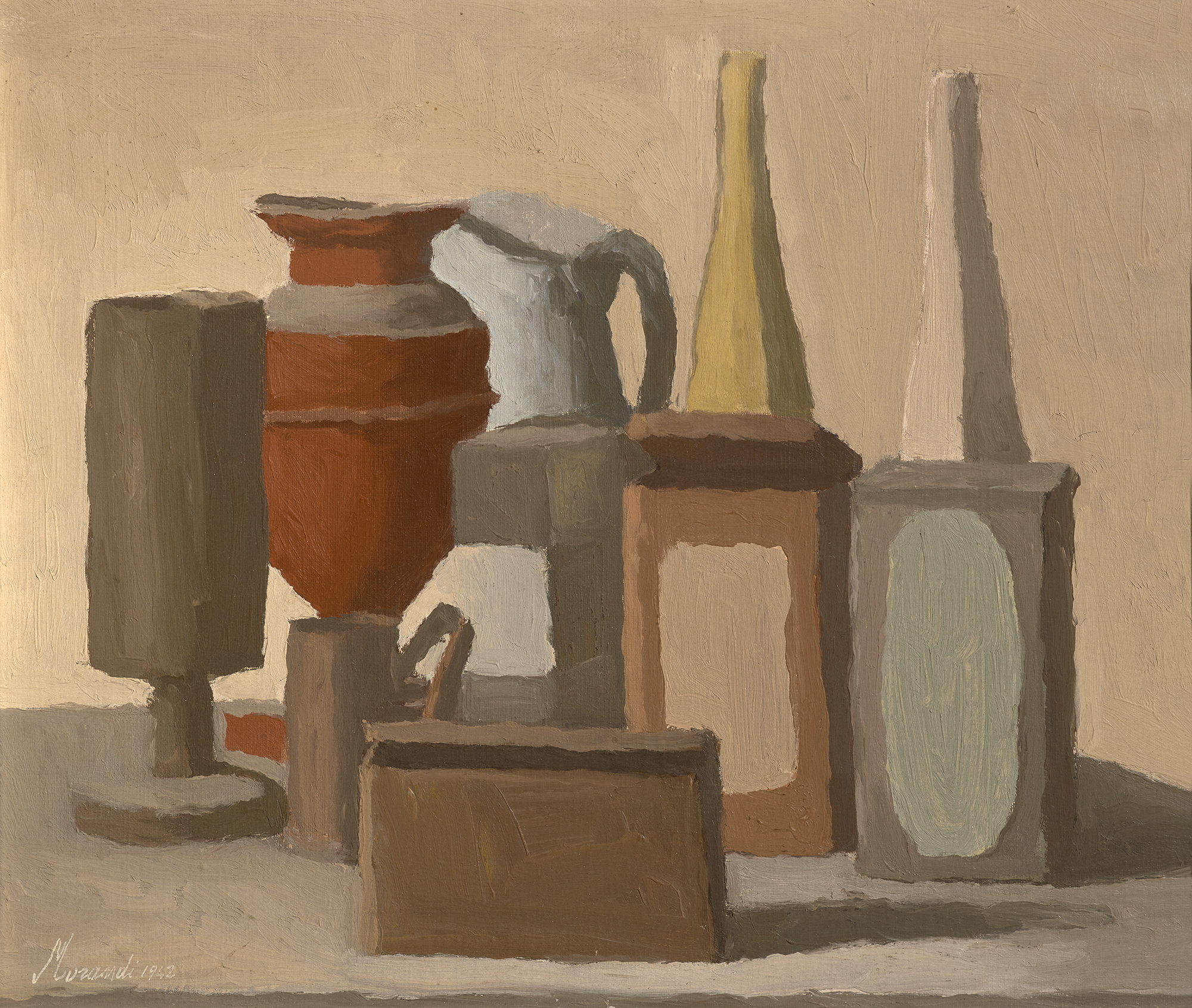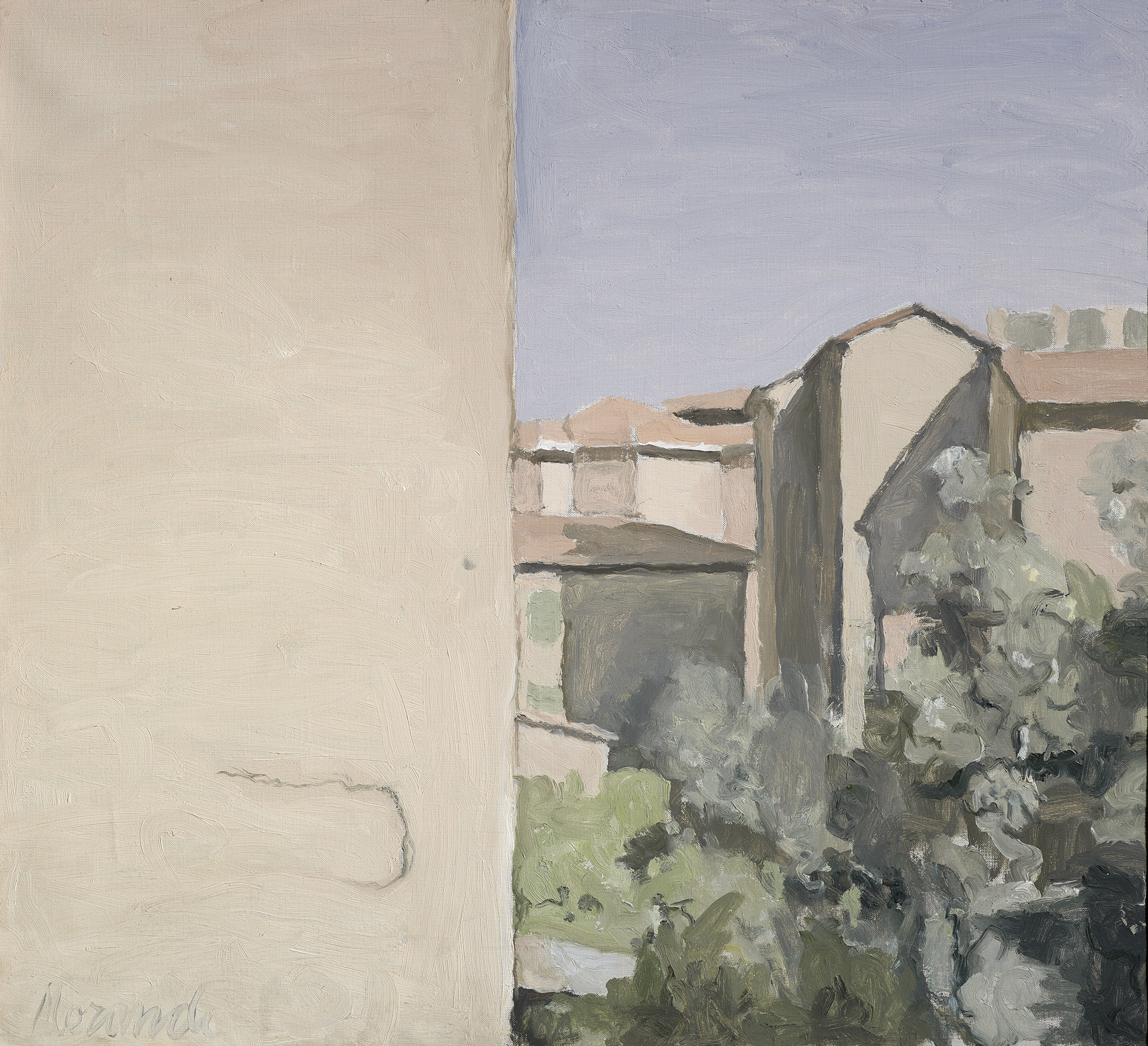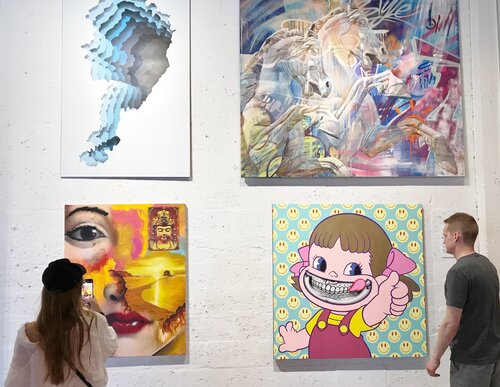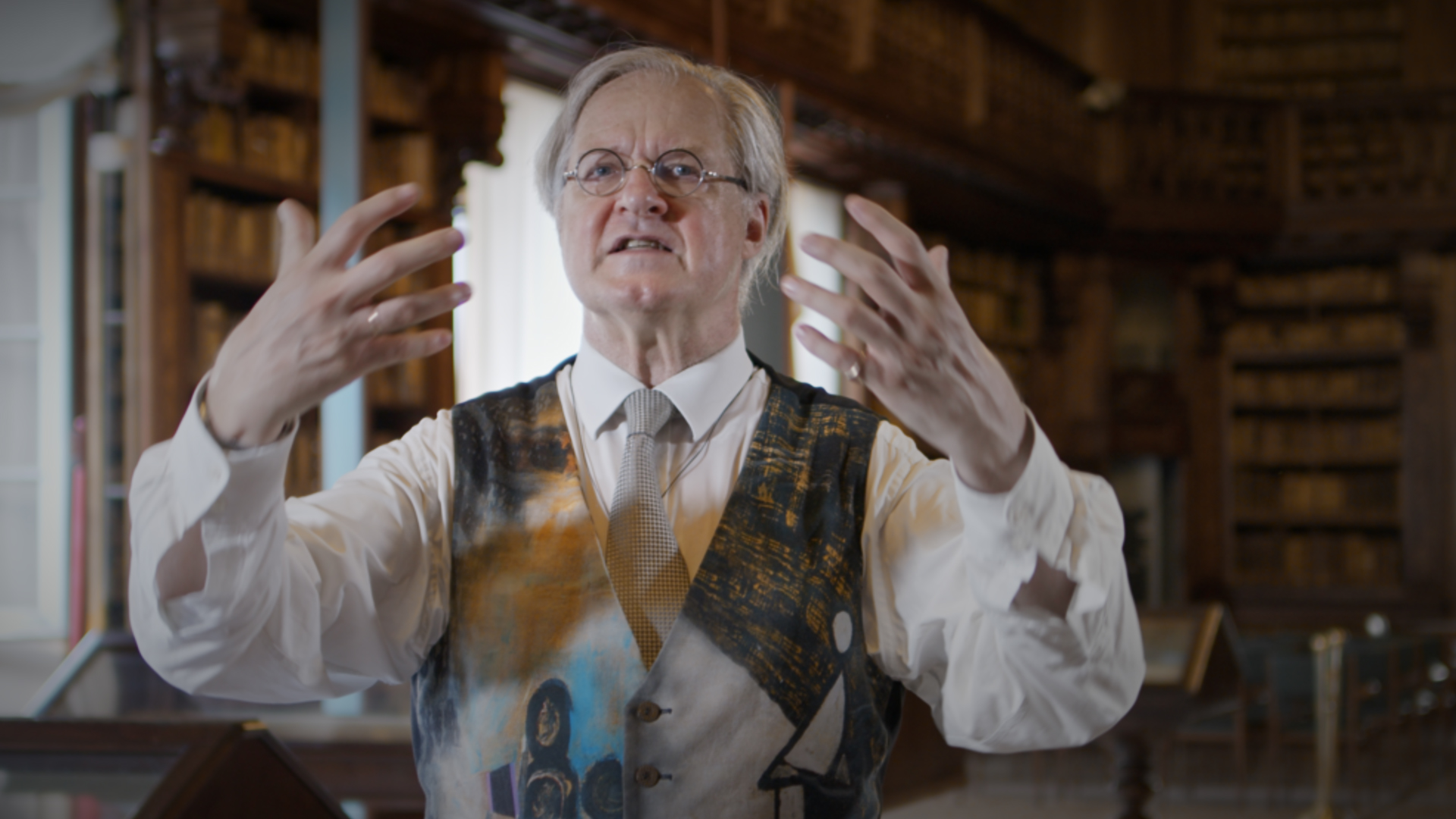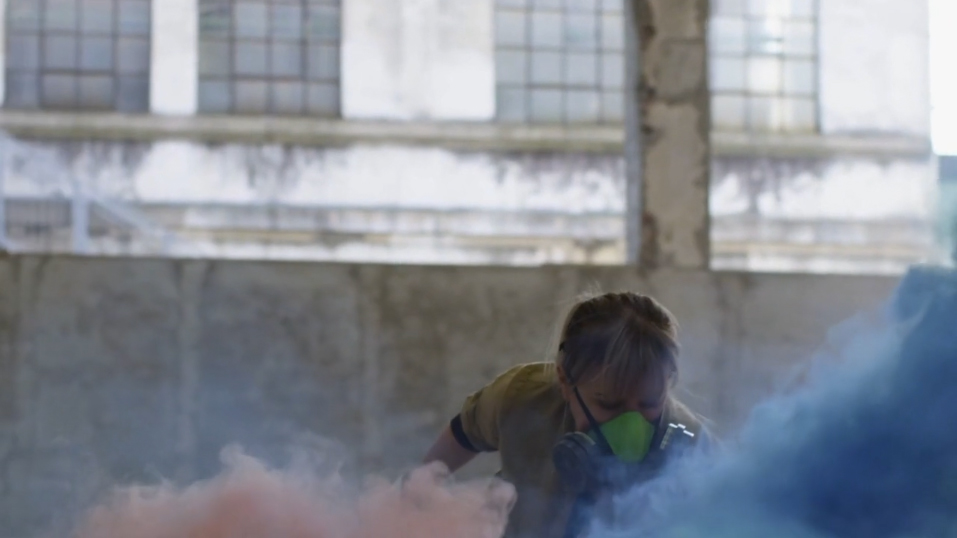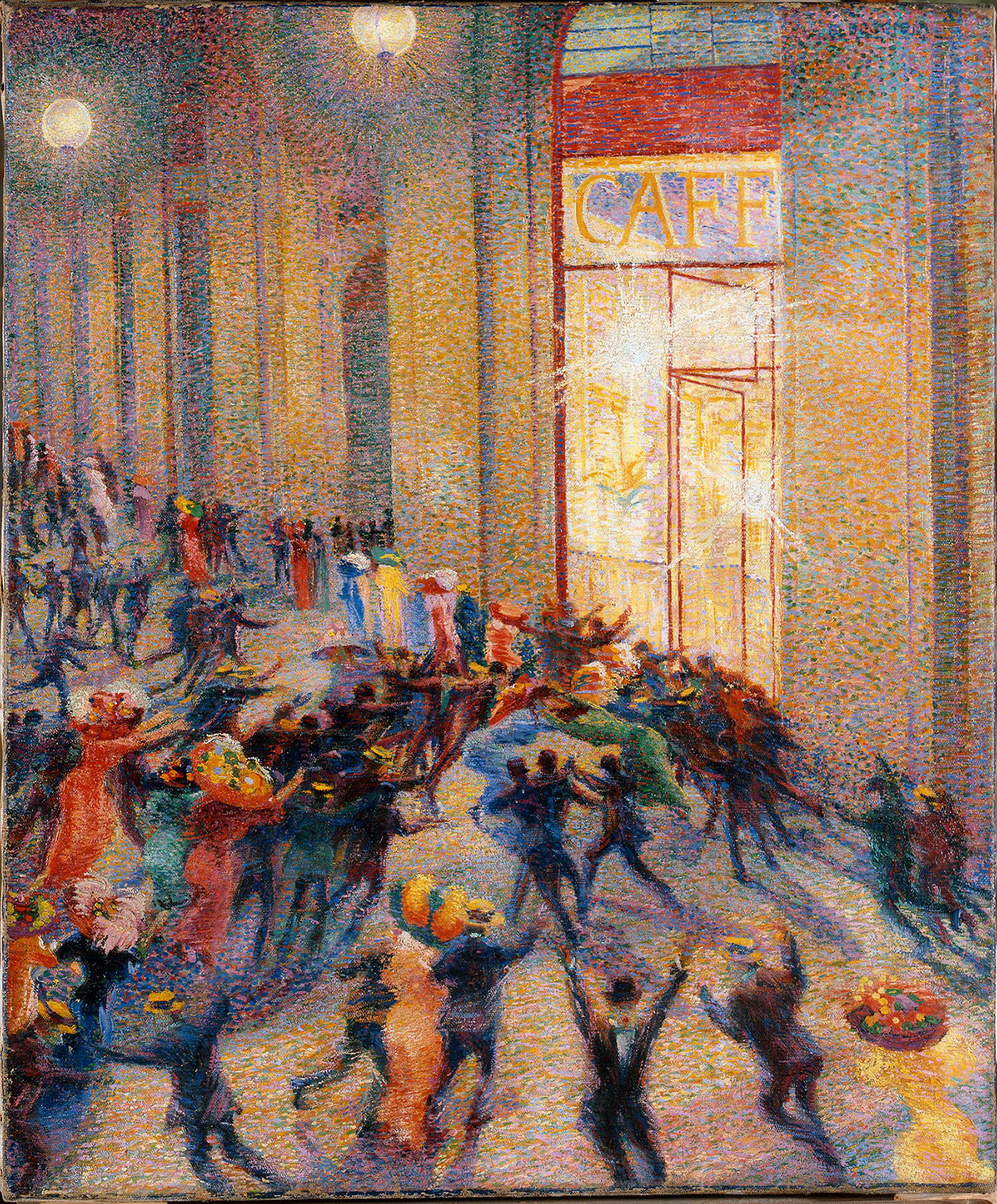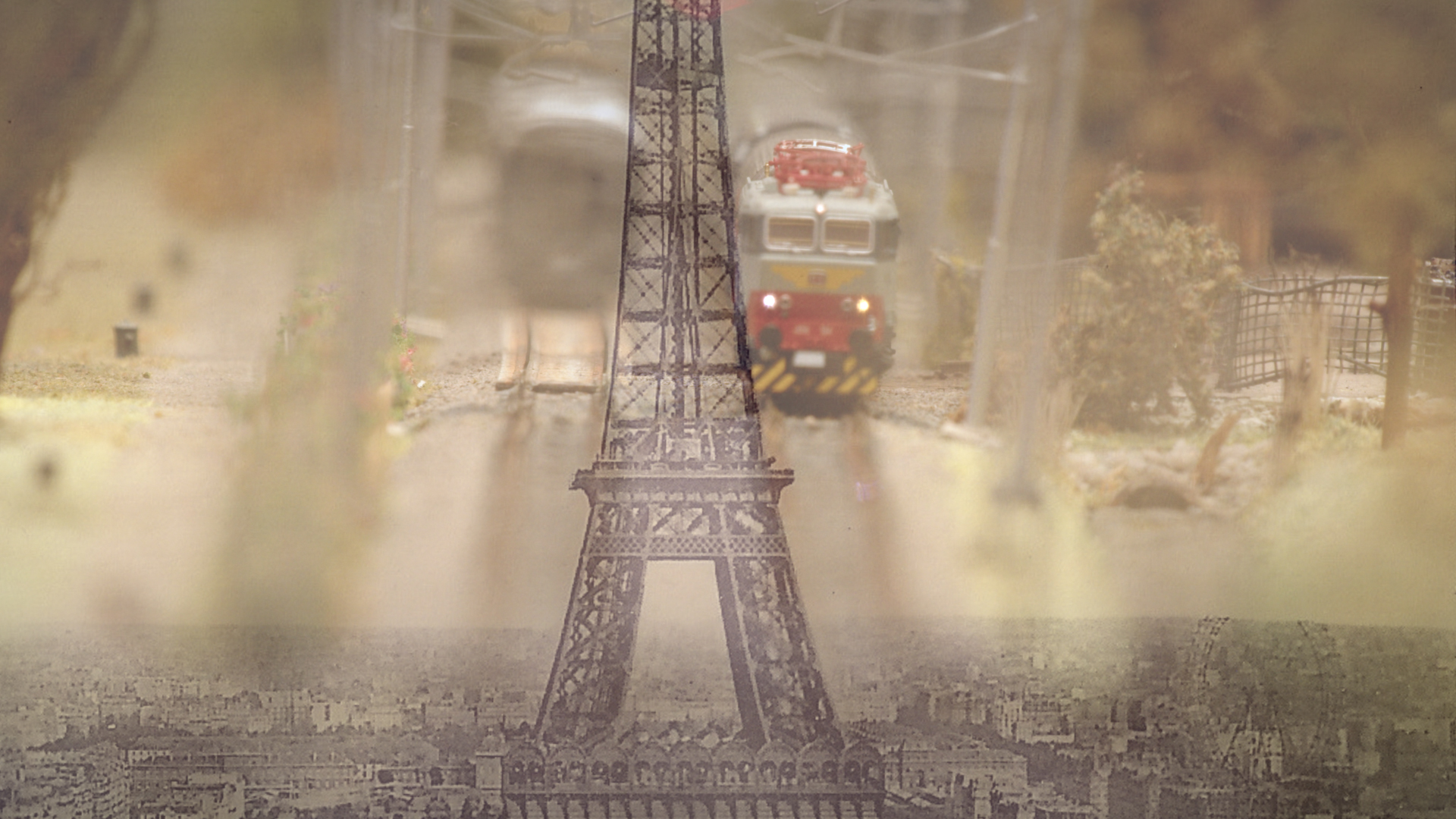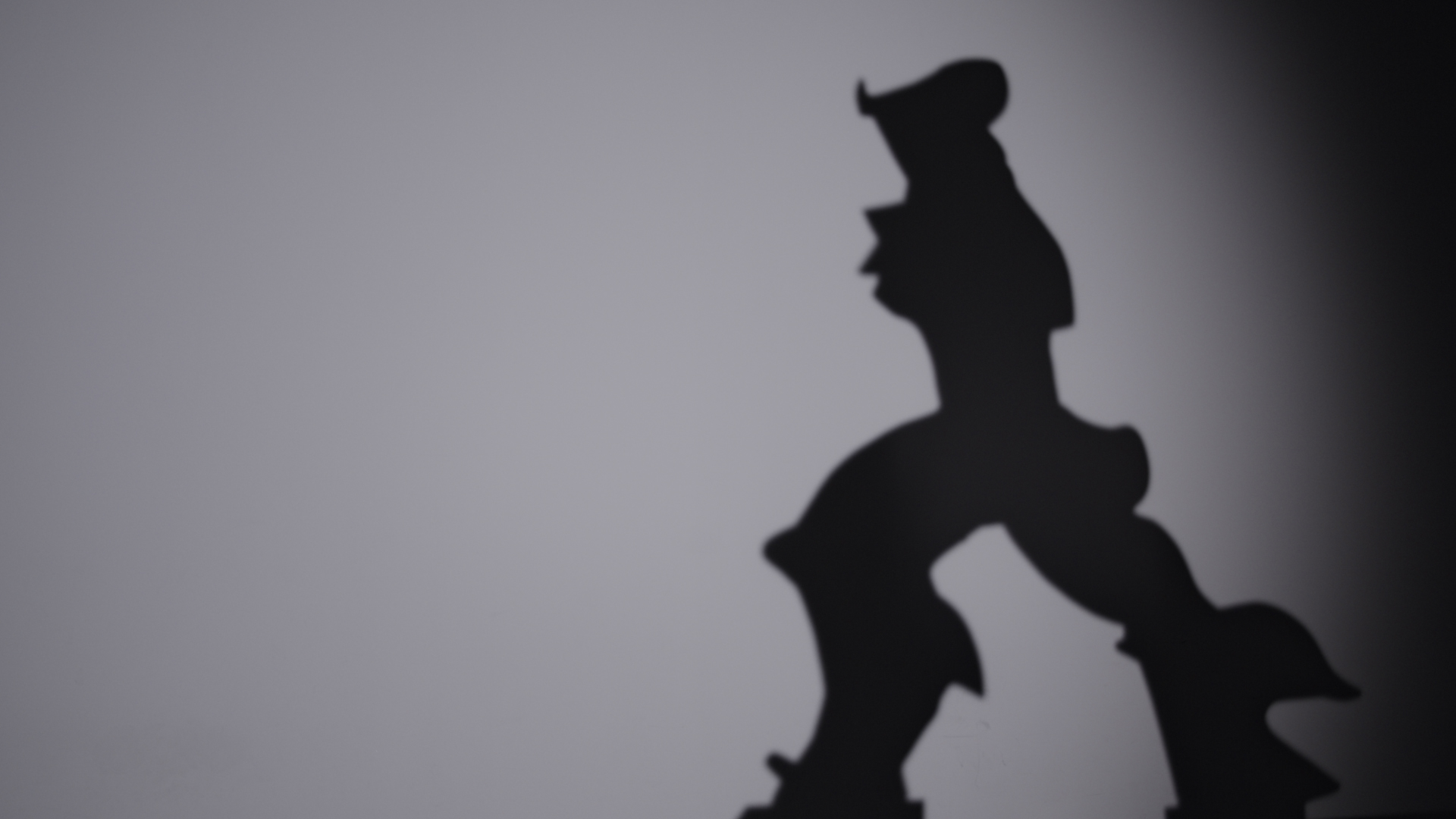L’artista Ann Schwartz crea deliziosi collage multimediali misti, ognuno un minuscolo mondo complesso a sé stante. Scopri di più sulla sua arte visitandola sito web.
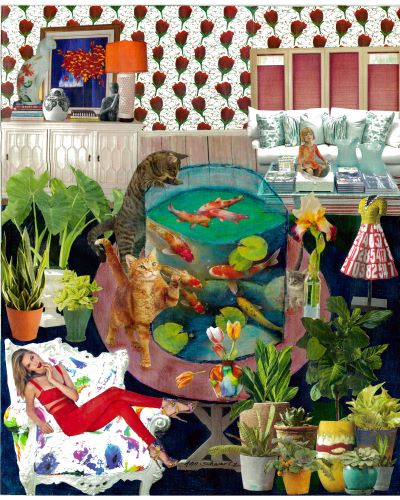
Collage di supporti misti “Feline Fantasy”, 30 “x 26”
Dopo aver conseguito la laurea presso l’Università della Florida, mi sono sposato e mi sono trasferito nel New Jersey per insegnare. Durante questo periodo, ho continuato a dipingere ed esporre la mia arte nel tempo libero.
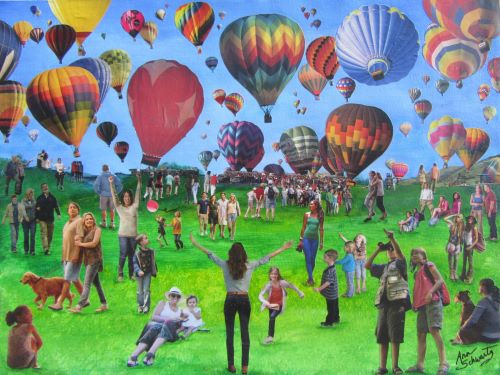
Collage di supporti misti “Su, su e via”, 26 “x 32”
Una volta che ho avuto i miei due figli, Wayne e Denise, ho abbandonato l’insegnamento e sono diventato un agente immobiliare. A un certo punto ho avuto una settimana di ferie che ho usato per frequentare un laboratorio di scultura. Ho iniziato a esporre e vendere le mie sculture per molti anni perché era facile bilanciare arte e vendita.

Collage di supporti misti “Fuga verso la spiaggia”, 24 “x 29”
Mio marito, Don, ed io siamo tornati in Florida nel 1997. Mi sono unita a Women in the Visual Arts per incontrare altri artisti. Immediatamente sono stato coinvolto con il consiglio. Mi sono fatto strada fino a diventare presidente per diversi anni, oltre a presidente della mostra. Sono stato anche nel consiglio di amministrazione della Gilda degli artisti del Boca Raton Museum of Art e sono stato presidente ad interim.
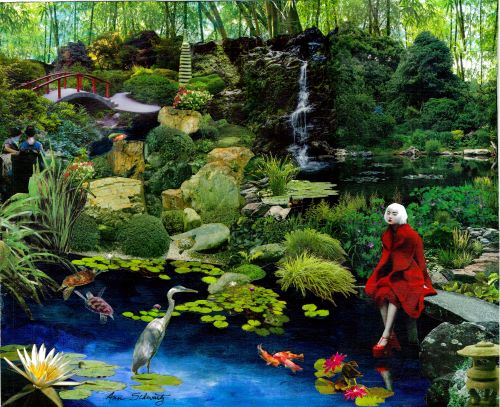
Collage di tecnica mista “Contemplazione”, 26 “x 32”
Nel 2003 sono diventato un docente di destinazione sull’arte antica e contemporanea sulle navi da crociera, conducendo laboratori pratici di arte e design su oltre 95 partenze.
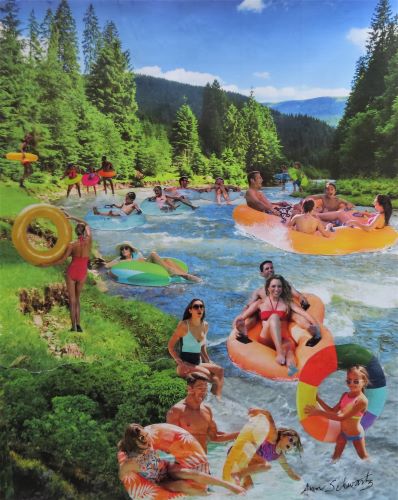
Collage di supporti misti “Tubing Down the River”, 20 “x 16”
Per oltre diciassette anni sono riuscito a bilanciare la vendita di case, l’esposizione e la vendita di opere d’arte e la vittoria di premi, oltre a tenere oltre 450 conferenze e seminari fino a quando il Covid mi ha costretto a rimanere in isolamento.
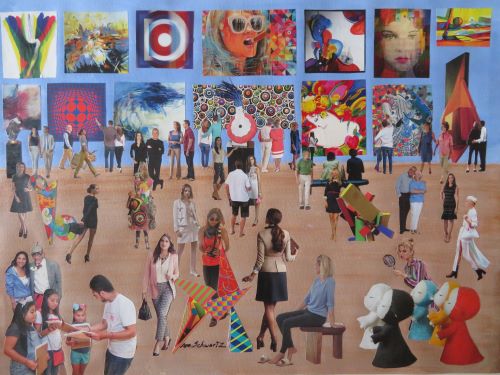
Collage di supporti misti “Museum Memories”, 24 “x 30”
Ho trasformato una delle mie stanze degli ospiti in uno studio d’arte e ho iniziato a creare collage acrilici tagliando fogli di riviste con piccole forbici e una luce d’ingrandimento. Ho sempre sperimentato con mezzi diversi. Il mio lavoro è stato così popolare tra i membri della mia famiglia che, anche se la tela era ancora bagnata, sono venuti a prenderli.
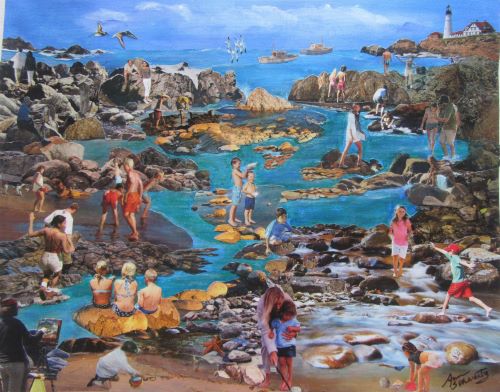
Collage di supporti misti “The Tide Pool”, 23 “x 29”
Quando sono passato alla pietra, è stato molto più facile risparmiare abbastanza da esporre. Ho avuto un grande successo nel New Jersey, ma quando ci siamo trasferiti in Florida è stato come ricominciare tutto da capo. Ho partecipato a oltre 100 mostre collettive e sono stato felice di vincere il primo posto per il mio collage “Contemplation” presso il Lighthouse Center for the Arts nella loro mostra L’arte delle 16 associazioni.
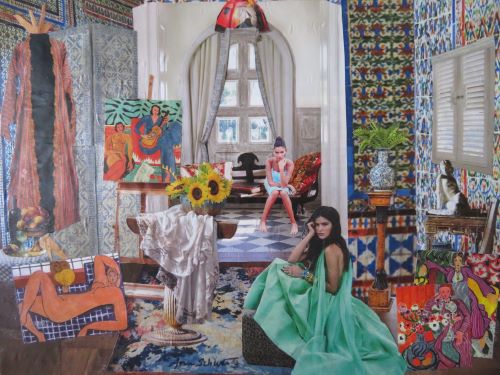
Collage di tecnica mista “Ode to Matisse”, 22 “x 26”
Sono molto orgoglioso delle tre mostre che ho realizzato in collaborazione con mio marito, che ha iniziato a fotografare quando è andato in pensione. Siamo stati selezionati per rappresentare gli Stati Uniti al Farindola International Art Festival in Italia con altri otto artisti provenienti da tutto il mondo.

Collage di supporti misti “Avventure subacquee”, 20 “x 44”
Mentre ero lì, ho condotto laboratori di collage per bambini. Anche se parlavano pochissimo inglese e io parlavo solo un po’ di italiano, in qualche modo siamo riusciti a comunicare. I workshop sono stati un successo.

Collage di supporti misti “The Art of Springtime”, 21 “x 24”
Ringrazio mio marito di 58 anni che ha sempre sostenuto i miei sforzi e i cambiamenti nel mio mondo dell’arte. Portava il mio lavoro alle mostre, montava le mie sculture, fotografava e incorniciava la mia arte e applaudiva ogni volta che vincevo un premio o vendevo un’opera d’arte! Sono felice che la mia arte possa essere trovata in collezioni in Inghilterra, Italia, New York, New Jersey, Pennsylvania, Connecticut, Missouri e Florida.
L’artista Ann Schwartz ti invita a seguirla sul Associazione Nazionale Donne Artiste sito web.
Vuoi rimanere aggiornato sugli articoli economici all’avanguardia di Artsy Shark, oltre alle caratteristiche degli artisti e un invito alla prossima Call for Artists? Fai clic di seguito per iscriverti alla nostra e-mail semestrale. Avrai tutto questo più opportunità e offerte speciali che non puoi trovare da nessun’altra parte!


